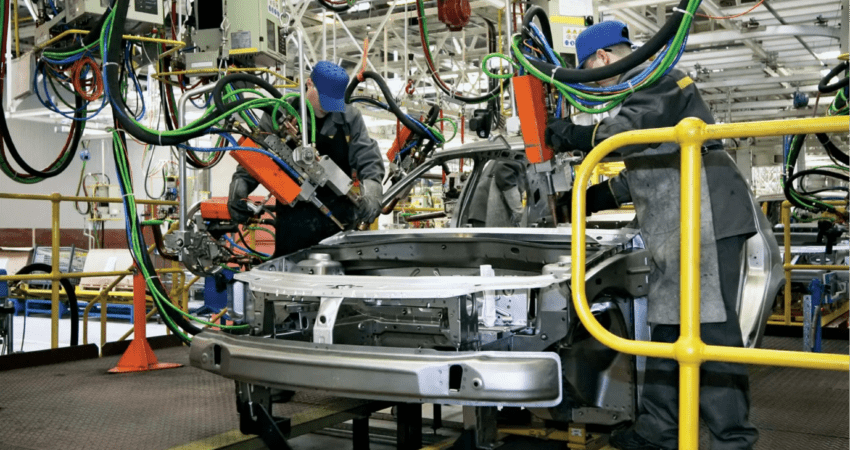In the world of automobiles, precision is key. From engine efficiency to emissions control, every aspect of a vehicle’s performance depends on accurate temperature monitoring. One vital component in this process is the thermocouple. In this blog post, we’ll explore the essential role thermocouples play in automobiles, ensuring that engines run smoothly and efficiently while meeting stringent emission standards.
What Is a Thermocouple and How Does It Work?
A thermocouple is a temperature sensor that operates based on the Seebeck effect, which generates a voltage when two different metals are joined at one end. In an automobile, thermocouples are typically made from a combination of metals like chromel and alumel. When exposed to varying temperatures within the engine or exhaust system, thermocouples produce a voltage that is proportional to the temperature difference, allowing for accurate temperature measurements.
Engine Temperature Monitoring
Maintaining the right operating temperature is crucial for an engine’s performance and longevity. Thermocouples are strategically placed within the engine to monitor critical temperature points, such as the cylinder head, exhaust manifold, and coolant. This data is then used by the engine control unit (ECU) to adjust fuel injection and ignition timing, optimizing combustion and fuel efficiency.
Emissions Control
Stringent emission standards require modern automobiles to minimize harmful pollutants. Thermocouples are essential in ensuring that the catalytic converter operates at the right temperature for efficient conversion of exhaust gases. By monitoring the converter’s temperature, thermocouples help the ECU maintain the correct air-fuel mixture and exhaust flow rate to reduce harmful emissions.
Exhaust Gas Temperature Measurement
Turbocharged and diesel engines often use exhaust gas temperature (EGT) sensors, which are essentially thermocouples, to monitor the temperature of exhaust gases. EGT sensors help prevent overheating and damage to critical engine components and turbochargers, ensuring engine reliability.
Cold Start Assistance
In cold weather, thermocouples also play a role in the automobile’s cold start process. They measure the temperature of the engine coolant, helping the ECU determine when to enrich the air-fuel mixture for smoother cold starts.
Conclusion
Thermocouples are unsung heroes in the world of automobiles, ensuring engines run efficiently, emissions are minimized, and components are protected. Without these temperature sensors, modern vehicles would struggle to meet the performance and environmental standards we expect today. So, the next time you start your car and it runs smoothly, remember that thermocouples are silently doing their part to make it happen.
In the ever-advancing automotive industry, thermocouples continue to evolve, becoming more accurate and reliable. As engine technology advances, these sensors will remain crucial for achieving optimal performance and reducing environmental impact.
